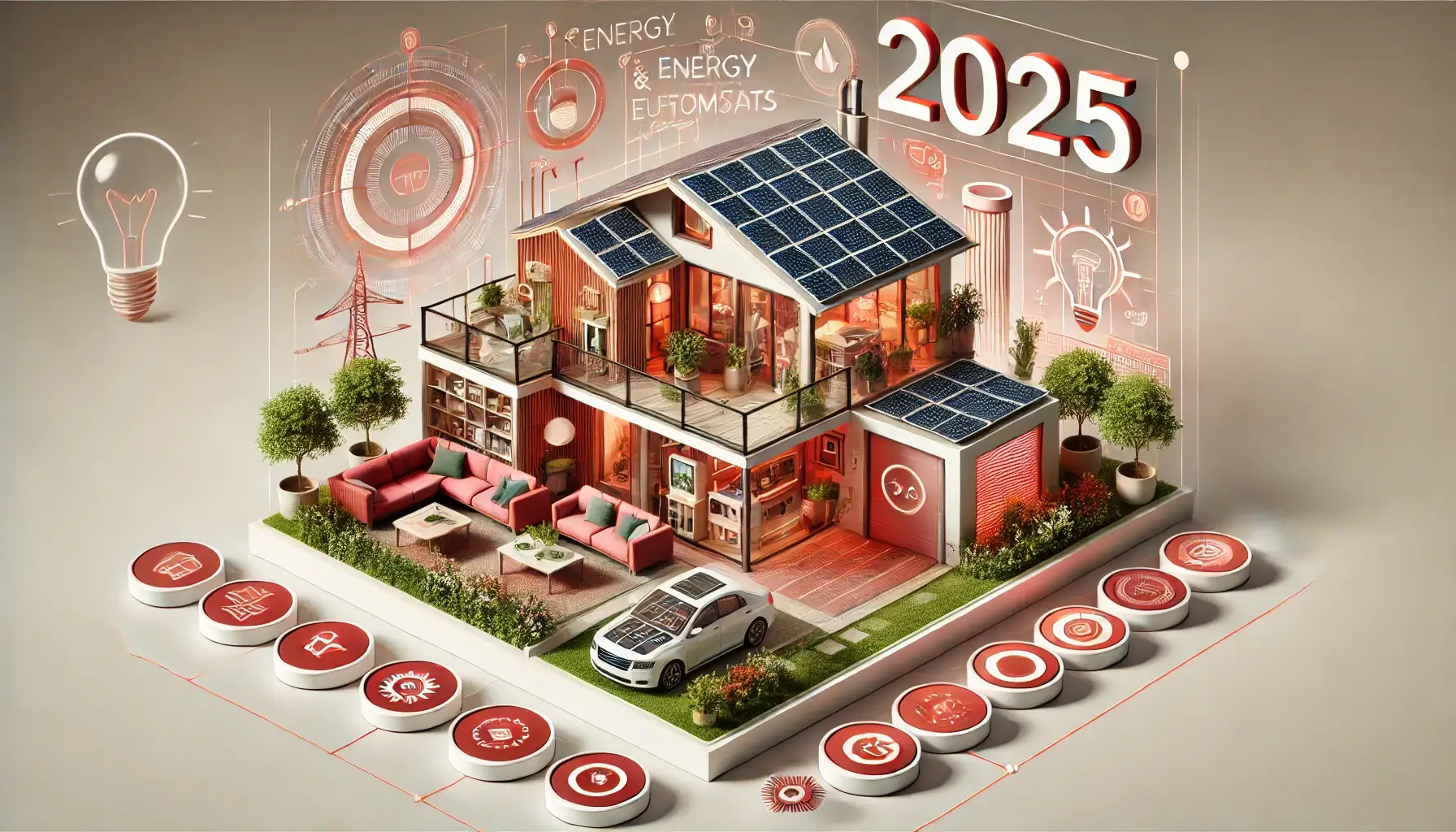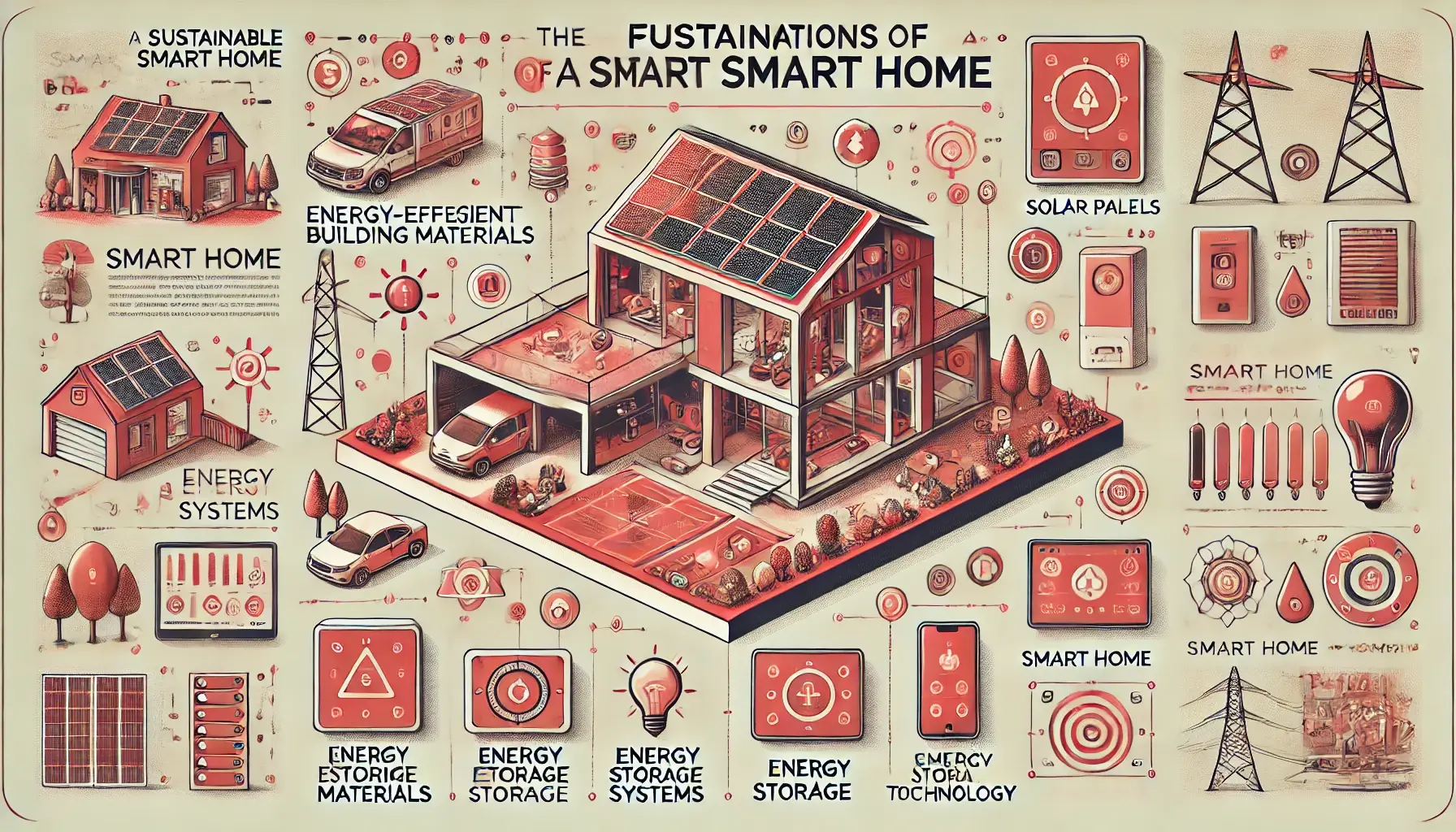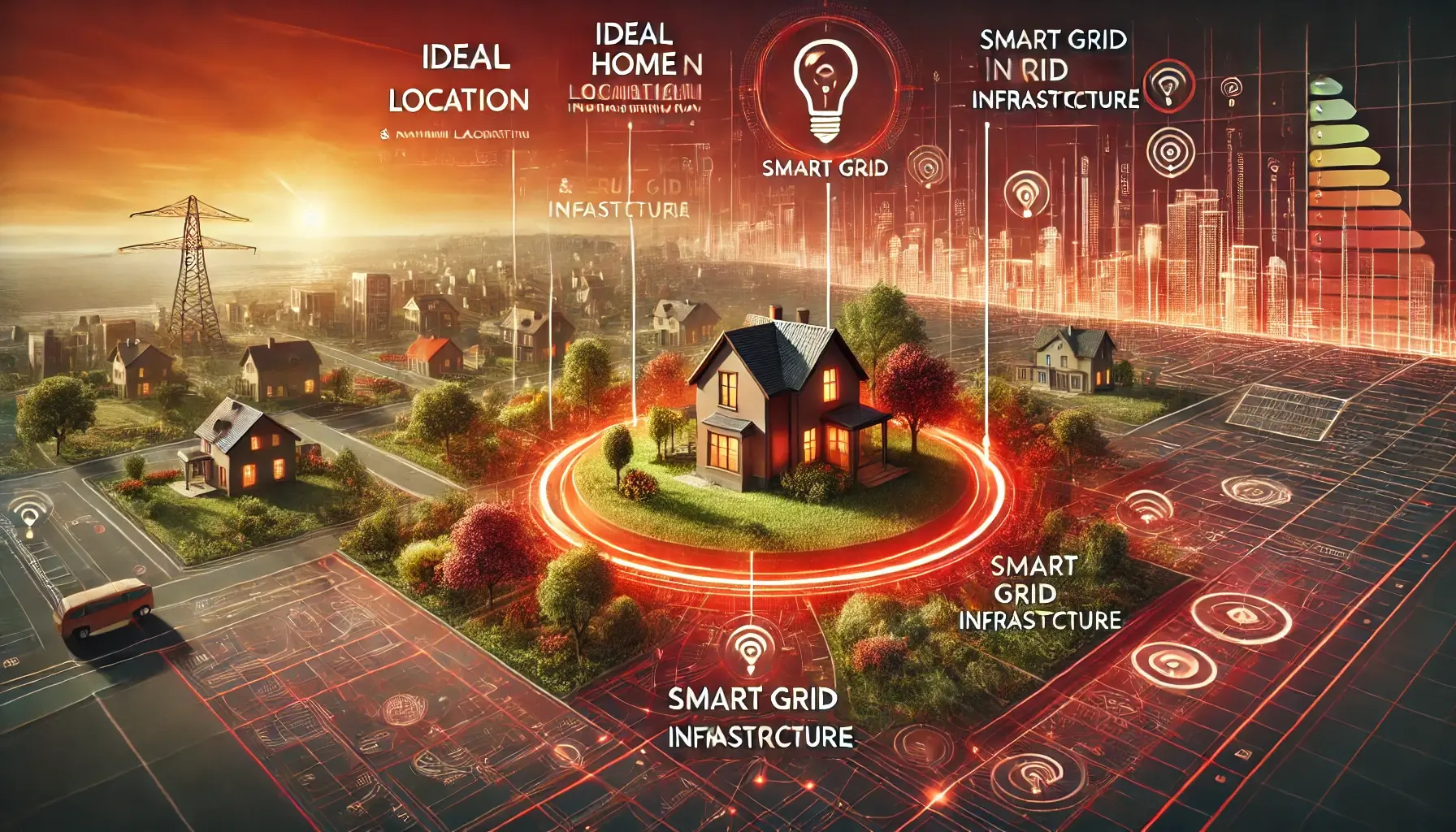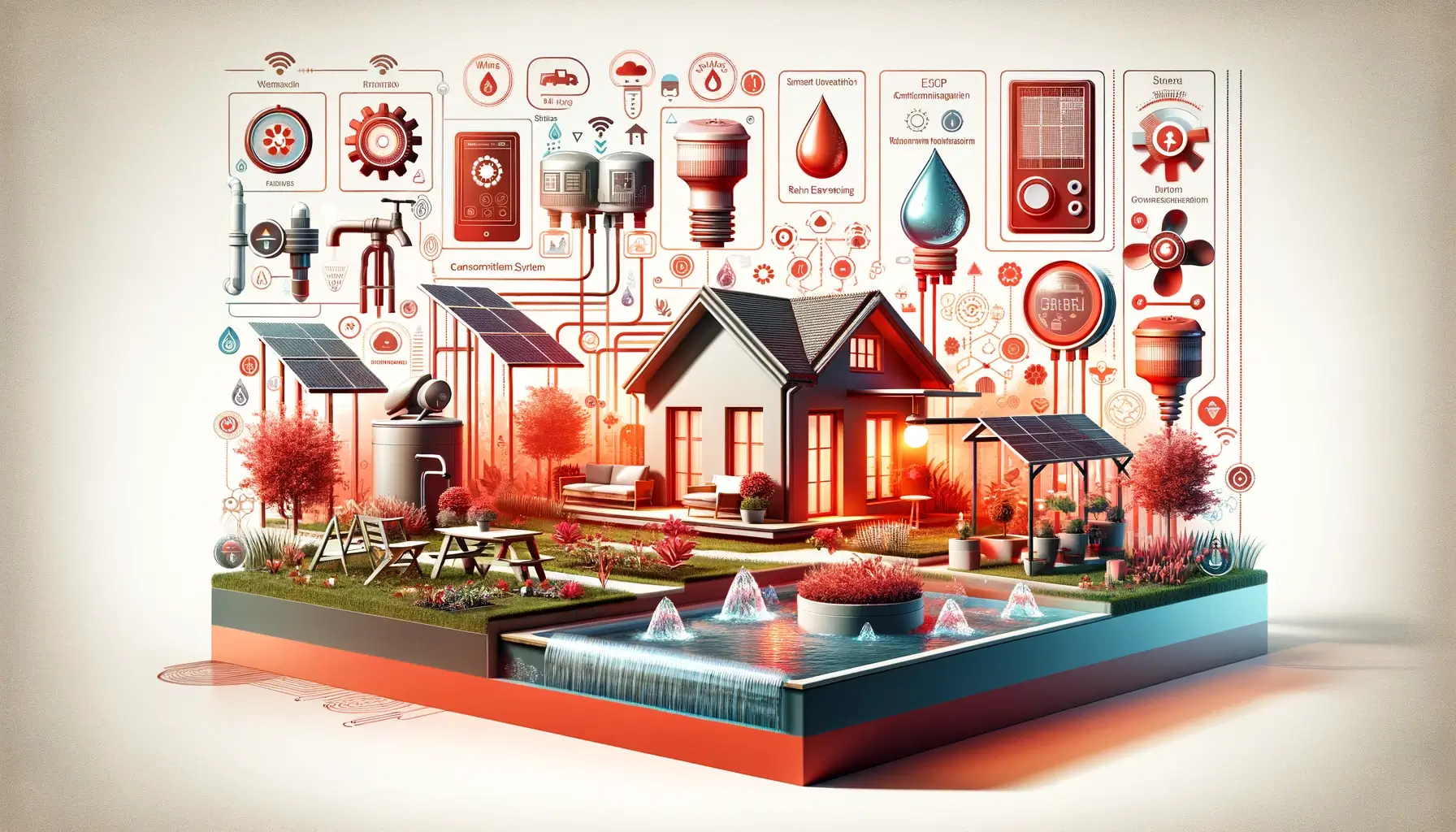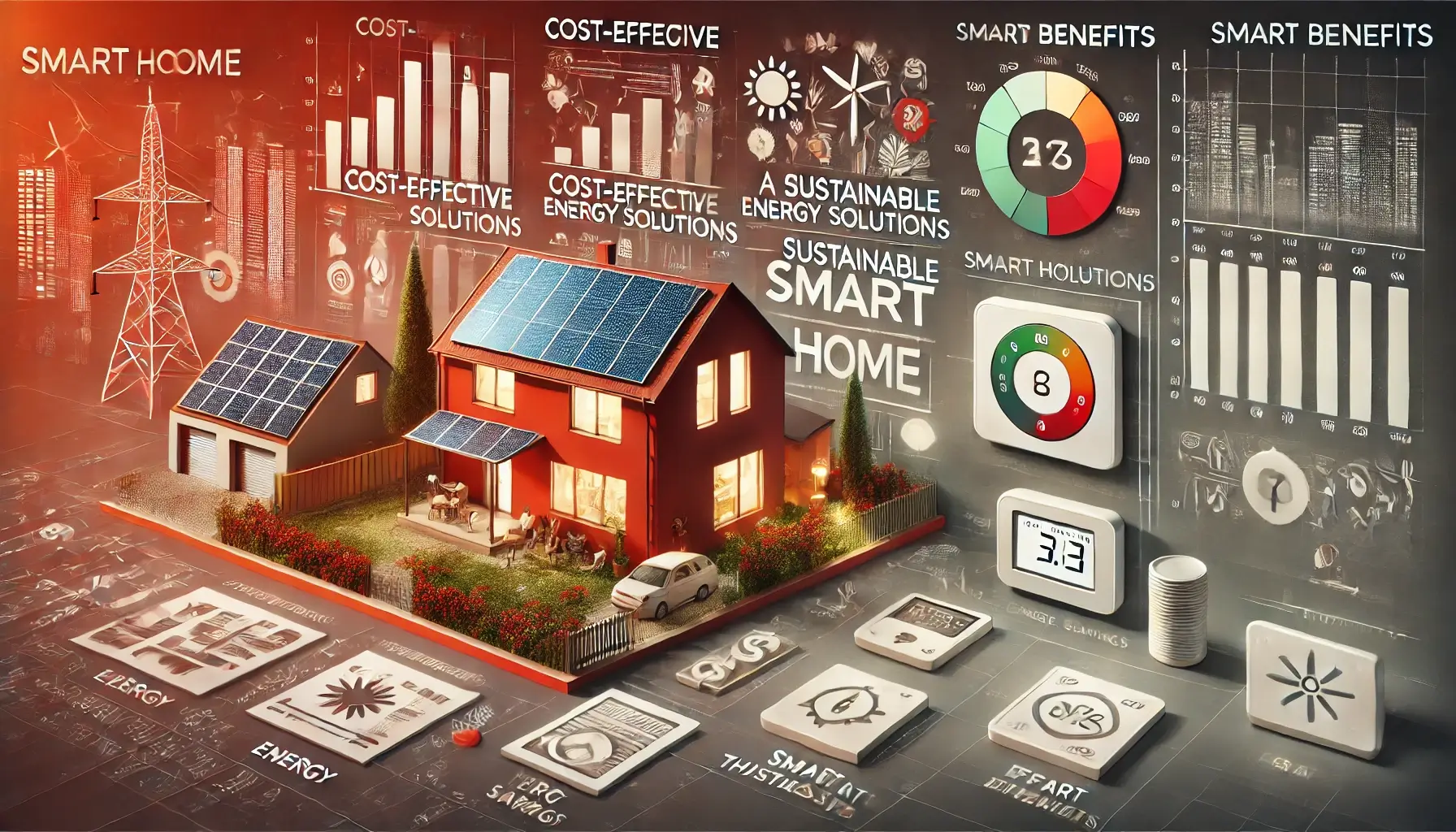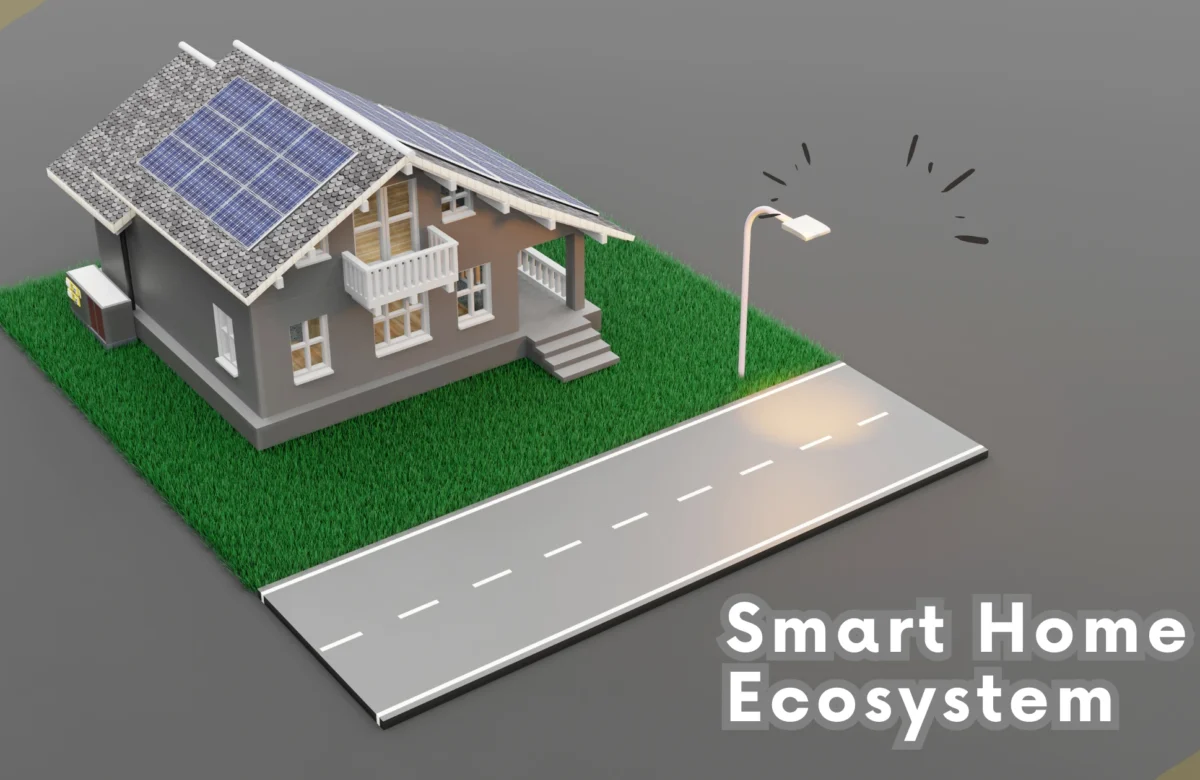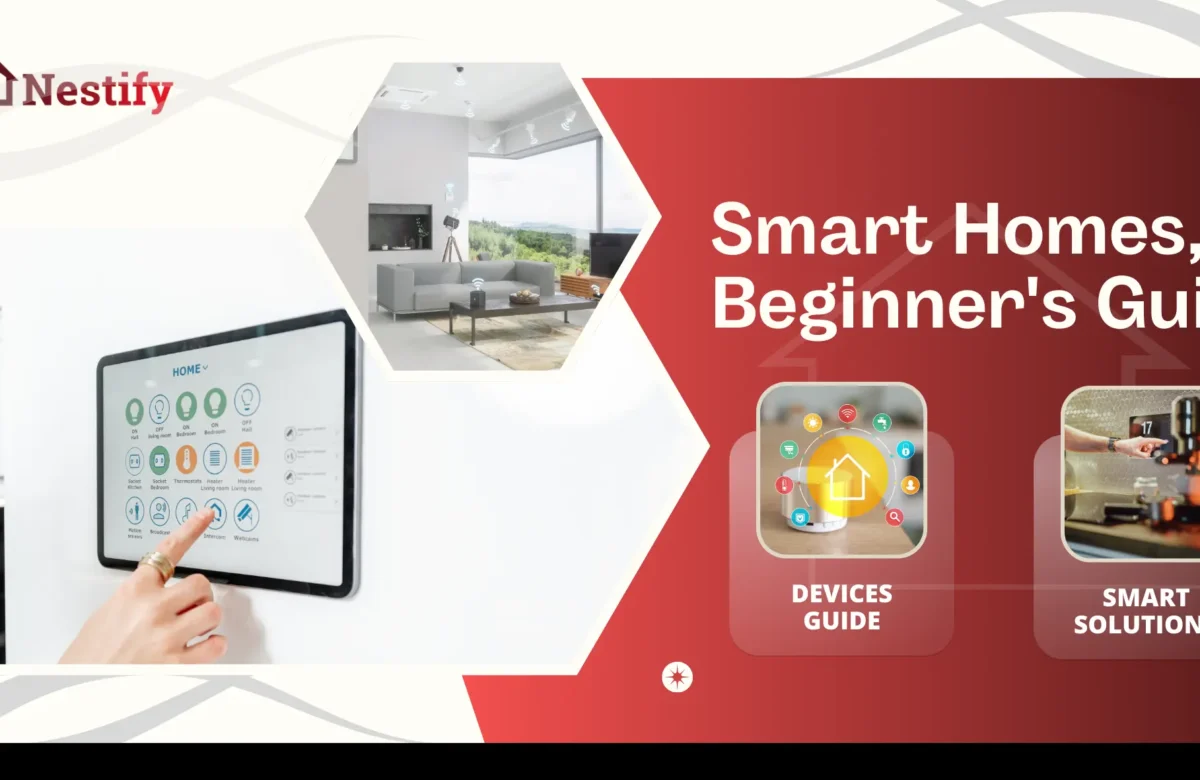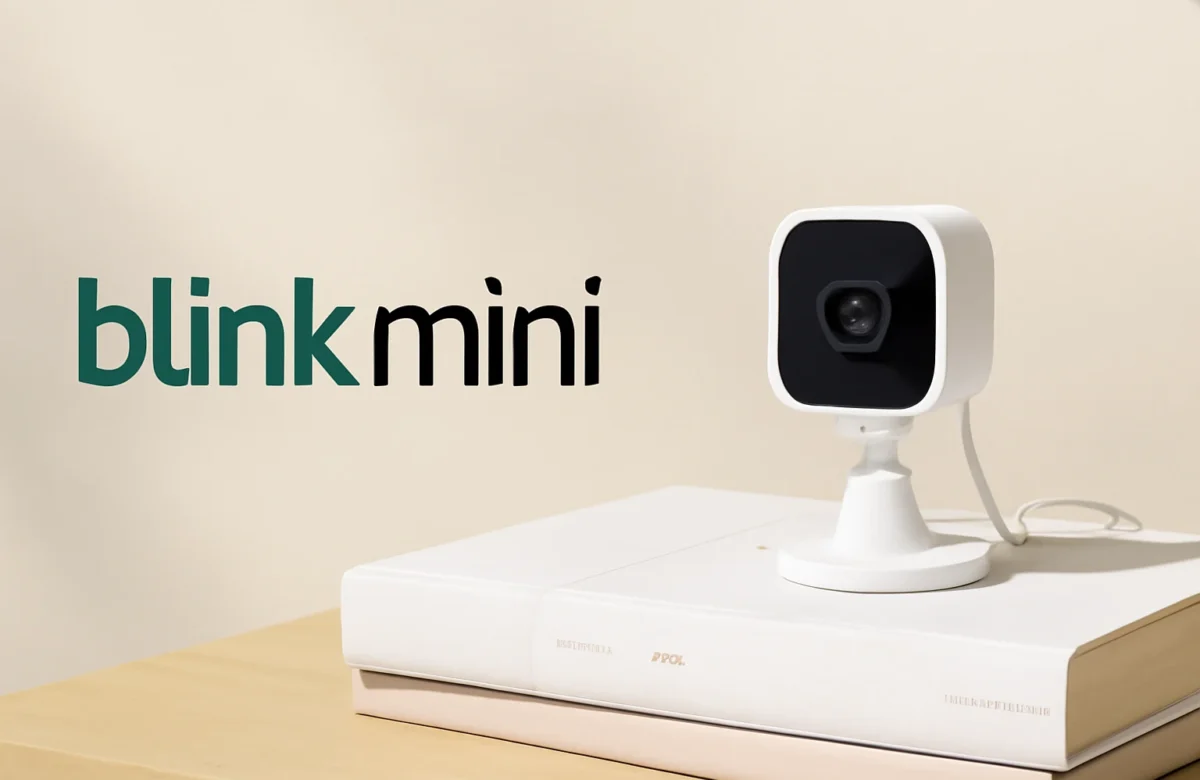How to Build a Sustainable Smart Home in 2025
- March 25, 2025
- No Comment
- 592
Sustainable Smart Home
Even the fact that the ecosystem is transitioning towards a low-carbon, sustainably advanced future, further powered by sustainable smart homes and buildings, indicates that the approach to modern-day living is completely different. A smart home refers to a residence that is equipped with devices that automate tasks, which, in turn, provides greater efficiency, convenience, and comfort. On the contrary, sustainability focuses on systems created to minimize the environmental impacts by saving resources.
A blend of these two concepts is the most significant weight for the future readiness of homes and, at the same time, their support to the environment. The better part of it was technology that made progress on artificial intelligence (AI), the Internet of Things (IoT), and renewable energy, and this enabled building a smart home that is sustainable to be simple and more effective than ever before by the year 2025.
The purpose here is to help you through the process of a sustainable smart home setup and talk about benefits like reduced energy consumption, long-term savings, and increased convenience in the section below.
Understanding the Foundations of a Sustainable Smart Home
What Makes a Home “Smart”?
A smart home brings together the latest technology that manages your lighting, security, temperature, and even the appliances you have at home through IoT devices. These IQ contraptions interact with each other to achieve better performance and more energy savings, as well as to increase comfort. Such products as the smart thermostat Nest, light bulbs that can be operated using your phone like Philips Hue, and AI-based cameras like Ring are a complement thereof.
One of the many marvelous things about smart houses is that they take all the day-to-day tasks of a human and autonomously conduct them with comfort and wasted energy drastically cut. For instance, motion sensor lights allow us to steer clear of the potential of leaving lights on in unoccupied rooms.
What Makes a Home “Sustainable”?
Sustainable living in homes simply means diminishing the use of resources and with that, the environmental impacts, and doing it in ways that do not limit the possibilities of comfort or usability. Sustainable housing has a list of components where energy-efficient operation is the antecedent, some of which are:
- Eco-friendly materials like recycled wood, bamboo, and low-VOC paints.
- Energy-efficient appliances that use less electricity while delivering top-tier performance.
- Renewable energy sources, including solar panels and wind turbines, generate clean energy.
- Water conservation systems such as smart irrigation and rainwater harvesting solutions.
Harmonizing smart home technologies and eco-friendly approaches is the key to a smart home. Most of the energy used in homes either comes from lighting, cooling, or heating is from renewable resources. In addition, the more efficient the system, the fewer expenses are.
Choosing the Right Location and Infrastructure
Optimal Location for Sustainability
Trivia: It should not be forgotten that it is not so much how we produce renewable energy but rather where we produce it that will keep us more sustainable. In places where there is sunshine all year round, utilizing it for solar panels is the best method of solar energy production while in places that are windy, residential wind turbines are a good method of wind energy production. Furthermore, community energy projects may become a viable option for urban homeowners as wind energy technologies mature.
Building Codes and Regulations
Investigate the building and environmental codes and standards in your area. Lots of cities and states offer tax breaks or grants to those who install green technologies and renewable energy systems. Adhering to these codes is beneficial not only for high performance but also for enabling savings on money.
Planning for Future-Proofing
Technology advances in the blink of an eye. This would be the perfect time to prepare your infrastructure for future developments. Like, having adaptable wiring installed that will inductively recharge a laptop that speaks with IoT devices or creating space for additional solar panels and energy storage systems to run on alternative energies.
Sustainable Design and Eco-Friendly Materials
Eco-Friendly Building Materials
The use of green building construction materials with green packaging reduces the total environmental costs. This usually involves the use of environmentally friendly recyclable steel and the sustainable harvesting of woods to act as support blocks. Bamboo is an example of one such building material that can be used to build a very energy-efficient home.
Energy-Efficient Insulation and Windows
Through a good insulation of your home, the heat of your house could be easily controlled, thereby lowering energy expenditure. You can go for solutions like cellulose insulation and spray-on foam which prove to be the most efficient strategies. Then for cooling, install energy-saving windows, therefore, have low-emissivity (low-E) coatings in them which will improve the overall energy performance of the house greatly.
Roofing and Flooring Options
There is not only one but in fact, the two cool and green roof methods, which include the use of sunlight reflection for the former and the insulation properties of the latter together with vegetation, shall be employed for this purpose. With regards to the flooring, you may want to consider renewable materials such as a cork floor that is both stylish and sustainable without killing millions of trees or weathered barn wood from the neighbor’s snap lock chest that is a really stylish choice and also good for the environment.
Energy Management and Smart Systems
Integrating Renewable Energy Systems
Solar panels are the most suitable and effective renewable energy equipment for supplying clean energy to homes. Users can buy solar panels on the market that just meet their specific energy usage and climate conditions. Wind turbines might be an attractive and relatively cheap solution for your energy production if you live in a windy area.
Energy Storage Solutions
Energy storage is an essential part of sustainable energy flow. The method of solar and wind energy storage helps to use the stored energy at times when there is no sun or wind. Adequate storage capacities in renewable energy sources are the guarantors of permanent power energy supply.
Smart Thermostats and Energy-Saving Devices
These kinds of systems are smart thermostats and LEDs used at home to save energy. A smart thermostat will learn your patterns and work around them accordingly, adjusting heating and cooling systems. Additionally, energy-saving items such as smart plugs and LEDs are in place to reduce waste by letting home and business equipment turn off when they are not in use through an automatic system. A number of such systems also allow the use of voice assistants or mobile apps to easily switch on and off devices.
Water Conservation and Smart Water Management
Smart Irrigation Systems
Smart watering not only saves water but also allows the plants to be in the best shape. The system of smart irrigation uses water based on the weather forecast. Incorporating nozzles or rain sensors also is expected to maximize efficiency and sustainability of carbons emissions.
Water-Efficient Fixtures
An alternative way to save water would be by installing smart faucets with low flow showerheads that do not require the use of high amounts of water. Ensuring minimizing water usage can be achieved by the combination of these fixtures with water sensors. To begin with, connecting leakage indicators and energy-saving fixtures can increase efficiency and help us become sustainable.
Rainwater Harvesting
Rainwater harvesting systems are a nice approach to recycle water for non-potable uses. Some tools of the system are like the usual rain barrel, but some others are more sophisticated, having a filter. In this way, you would be gradually switching from water that consumes a lot of energy to water that is obtained in a much more natural way.
Everyday Integration of a Sustainable Smart Home
Automating Daily Tasks
The digital revolution has now made it easier to automate daily routine tasks with the help of intelligent machines. From robotic vacuums, smart microwaves to refrigerators so smart that they can automatically regulate their temperature, these systems use less energy while providing greater advantage to the users. It is however obvious that new devices of such type will bring much benefit and additional convenience to our life activities.
Monitoring and Managing Usage
IoT-based apps with their sensing and analytic capabilities can record, examine, and monitor energy and water usage in real-time. Consequently, these apps allow the user to be able to see any abnormal pattern of behavior in electricity saving due to an inefficient water network. Thus, with the information obtained from this, he would be able to save water greatly by rectifying the leakages.
Creating Routines for Efficiency
Moreover, there are intelligent and automated systems that now allow to create routines for lighting, air conditioning, and so on. Adjusting your home environment with the help of technology can increase the efficiency of your house and decrease your energy consumption without having to sacrifice your convenience.
The Cost and Benefits of a Sustainable Smart Home
Initial Investment vs. Long-Term Savings
The use of solar panels and smart technology is one of the very first steps towards becoming energy self-sufficient. But funding those projects initially by homeowners tends to get us at a more inefficient consumption level, which depreciates over time.
Incentives and Financing
On the other hand, governments also provide a solution by providing rewards such as tax reliefs, grants, loans, and both housing and commercial tax incentives to businesses and households to encourage them to become a part of this effort. Initially, financing is the main concern of the homeowners but with the help of financial institutions, the goal can be achieved, since they offer loans for green development and increased energy efficiency. As a result, the initial investment is made more affordable.
Return on Investment
Once you have an eco-friendly and energy-efficient home, you wouldn’t just need to worry about the reduction of your costs. In other words, a sustainable smart house is direct proof of increased property value, and in the long run, cost savings can be a determining factor for doing so. According to demographic research, buyers now have risen green home certifications, so this property type is proving an asset with the advancement of time.
Building Your Future, Today
By matching smart home technology with an eco-friendly lifestyle, you reflect the features of a greener world while at the same time, you enjoy an unmatched level of comfort and making a lot of cost savings. From the location and materials to the energy systems and smart devices, every decision should be thoughtful.
It’s now a world in which 2025 has already arrived, and smart technology has rapidly evolved to begin the construction of sustainable smart homes. The earliest and most basic solutions to renewable energy are small wind turbines and solar panels, home storage systems linked to management systems like those by Green Mountain Power of Vermont, and stand-alone off-the-grid systems. The other good thing about starting your house sustainable from the beginning is that it saves more money and is less damaging to the environment. Besides this, you can use eco-friendly materials.
Interested in knowing more? Access additional tools, resources, and design inspiration to start your sustainable smart home project right away!

